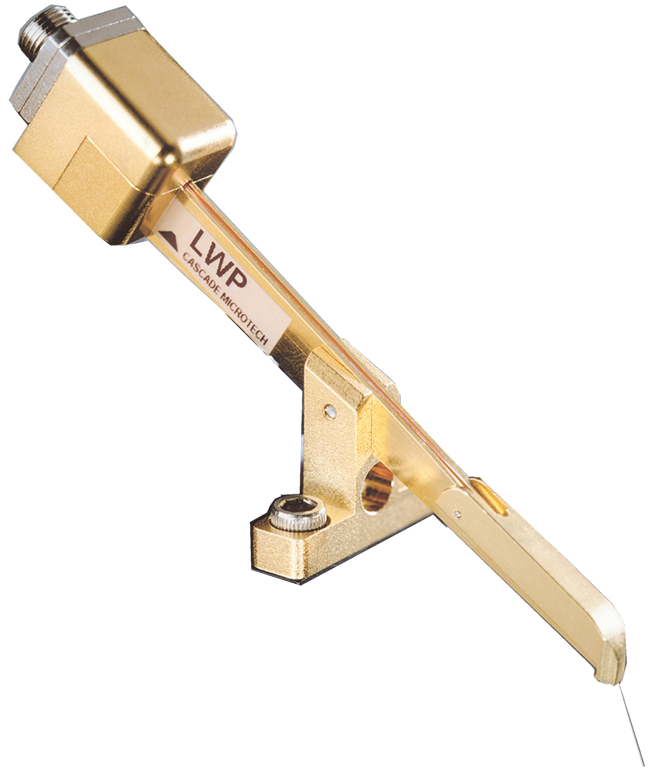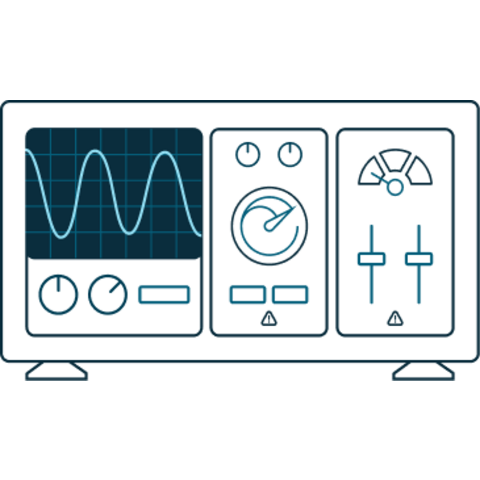FormFactor - Cascade Light Wave Probe - Multi-configurable optical probe for photonic device characterization
The LWP series Lightwave Probe enables optical measurements for on-wafer and hybrid photonics devices. It features user replaceable fiber pigtails allowing the probe to be optimized for a variety of light delivery and light collection applications including the characterization of topside illuminated photodiodes, Vertical Cavity Surface Emitting Lasers (VCSELs), hybrid transmitters and receivers, and LEDs.
More Product Information
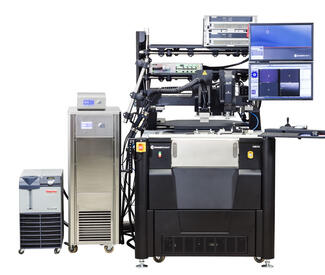
Customized Solutions for a Variety of Challenging Applications
We are your partner for challenging applications. Our comprehensive technical and application know-how over all probe system platforms and our expertise for customized products is based on an extensive experience over many years. We offer a special demo support in-house or at the customer, as well as after sales support for complicated setups.
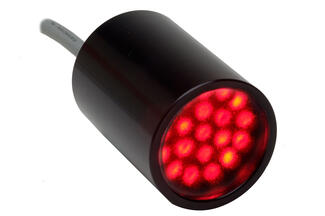
- The SL2420 is characterized as a Medium Aimed Spot Light.
- Precisely aimed LEDs provide a level of lighting control not found in traditional illuminators.
- A range of standoffs and fields of view may be specified at the time of order.
- The spot light is available in a wide range of wavelengths from UV to IR.
- Diffuser and polarizer options are also available.
- The SL2420 provides 10.1kLux at a working distance of 4” (100mm).
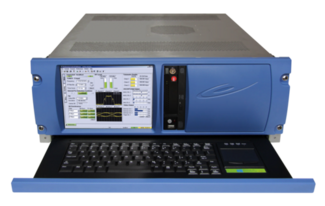
The RTR-X4 is one of the most advanced digital telemetry receivers on the market with its well-recognized RF performance and signal processing capability.
The 4U chassis-based RTR-X4 can support up to four channels providing flexibility and capability as well as a rich set of features for different frequency bands, modulations, decoders and output formats.
Not only does the CORTEX RTR provide an extensive set of features for different frequency bands, modulations, decoders and output formats, but the user can easily upgrade the equipment in the field to access additional and new features. The RTR-X4 is an excellent fit for flight test ranges, offering full flexibility and easy access to settings through its user-friendly GUI on the embedded 8.4-inch screen.
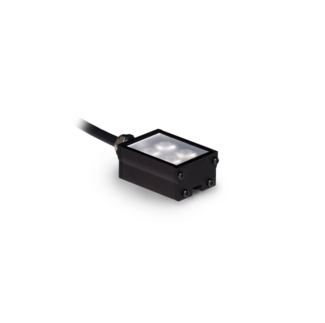
- High-Intensity Illumination in a Compact Package
- Available in a broad range of wavelengths
- Washdown Version Available
- Convenient M4 T-Slot for Mounting
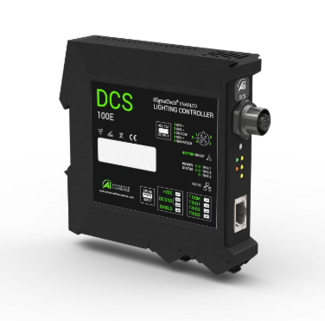
- This DCS Series Controller provides Lighting Control Flexibility in a slim 112 mm x 124 mm x 23 mm package.
- Plug-n-Play compatibility with Ai lighting Products, featuring SignaTech™ technology.
- Seamless switching from continuous-on to gated on/off and strobe overdrive; 3 independently configurable trigger inputs.
- Din-rail mount, UL 508a Panel listed and GUI, Web Browser or command line setup and control tools, SDK.
- 1 output, 3 channels – designed to drive multi-channel RGB / segment lights, as well as single higher current draw lights.
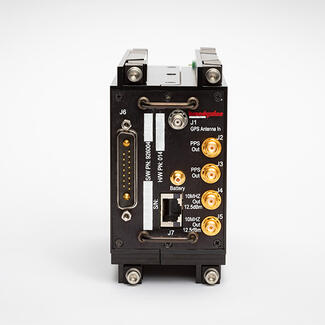
- Ruggedized
- Flight Qualified
- Available with vibration-isolated OCXO or CSAC Oscillator options
- Gigabit Ethernet
- GNSS, SAASM, or M-Code supported
- Designed for GPS denied environments
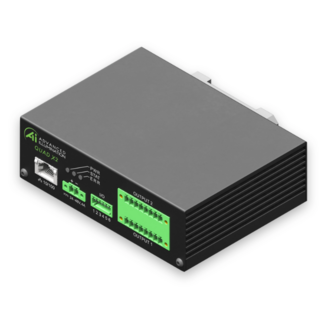
- 8 Independent Channels, 2 Output Connectors
- Includes built-in pre-programmed sequencing.
- Provides control for computational imaging, including photometric stereo, extended depth of field, combined bright field + dark field, high dynamic range, and high resolution color.
- Ideal for multi-channel lights and multi-light stations. Due to power output constraints, some configurable light lengths may be limited.
- Housed within a compact enclosure with DIN rail mounting.
- Driven with SignaTech™ for improved safety and easy operation.
NOTE: NOT COMPATIBLE WITH C1 CONNECTORS
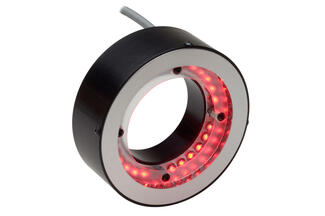
- Characterized as a Dual Function Ring Light, the RL5064 is capable of both bright and dark field illumination with independent control (depending on control option).
- A wide variety of wavelengths may be specified from UV to IR.
- The large inner diameter of the ring light can accommodate lenses up to 55mm in diameter.
- The light can also be ordered with an optional 3 point mounting barrel.
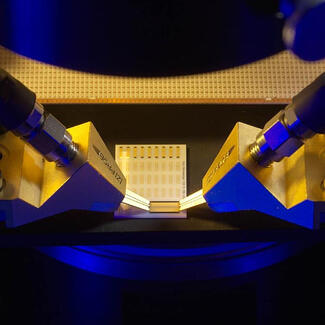
-
Replace costly and inflexible test fixtures with easy-to-use probe tips
-
Long lifetime – typically over 1,000,000 contacts
-
GS/SG footprint up to 4 GHz and GSG up to 20 GHz
-
High-power RF test: up to 30 Watts
-
Test at temperatures from -60°C to 200°C

FormFactor, Inc.
FormFactor, Inc. (NASDAQ:FORM) is a leading provider of essential test and measurement technologies along the full IC life cycle – from characterization, modeling, reliability, and design de-bug, to qualification and production test.
We constantly strive to help our customers solve the advanced test and measurement challenges of the broader semiconductor industry. Our focus on customer partnership, innovation, agility and operational excellence allows us to earn sustainable business every day.
Contact Details
FormFactor, Inc. Corporate Headquarters
7005 Southfront Road, Livermore, CA 94551, USA
Phone: 925-290-4000
Test & Measurement
